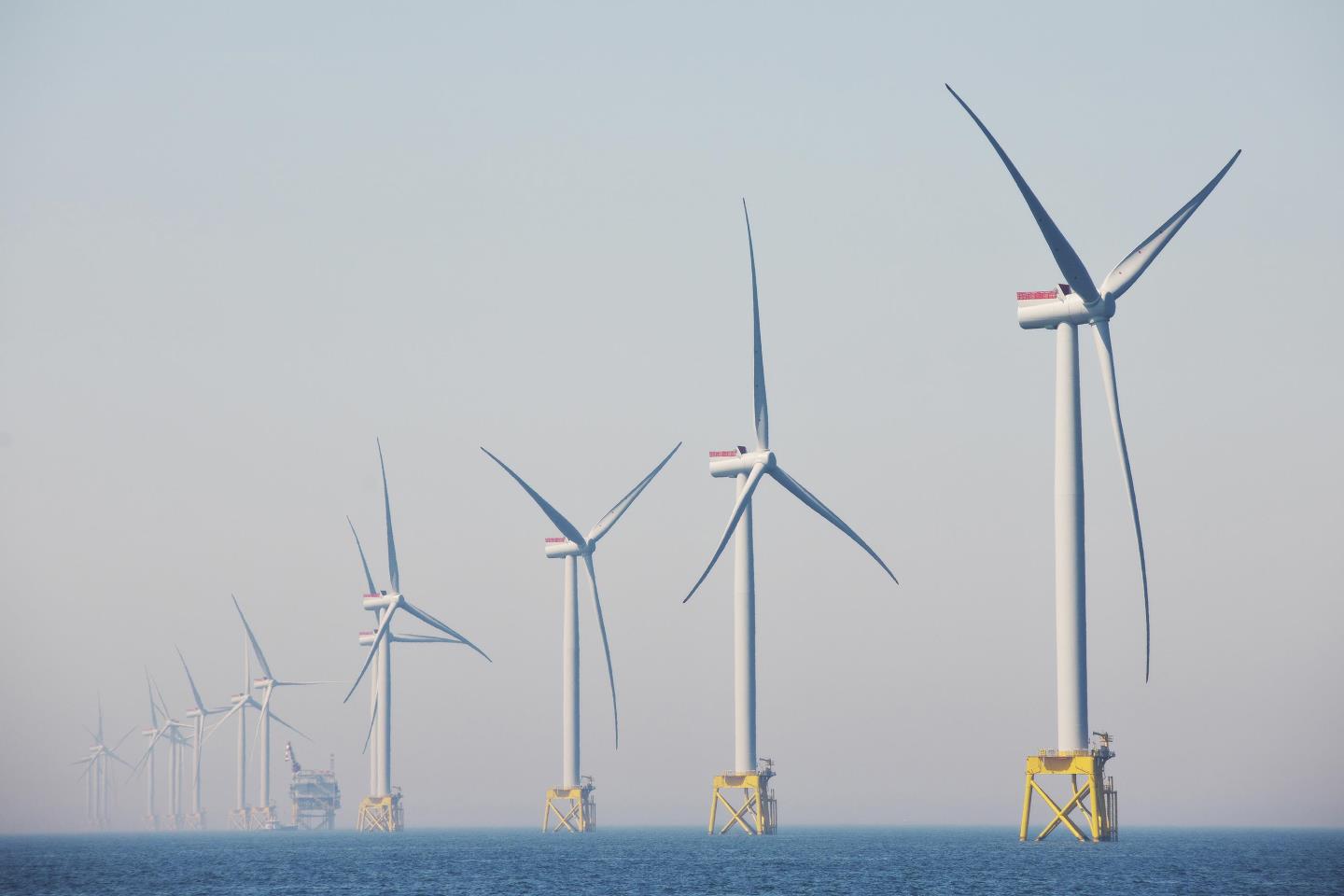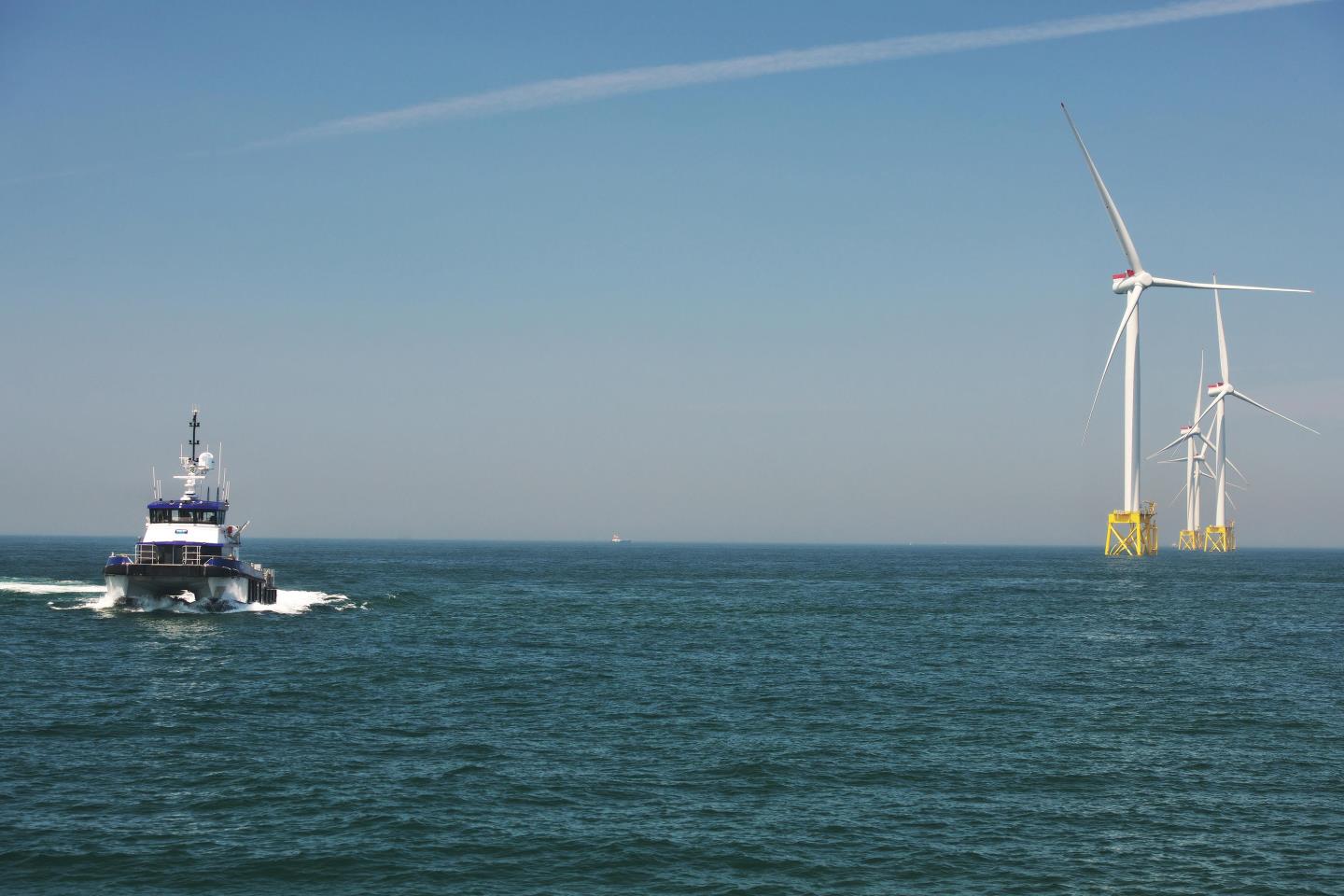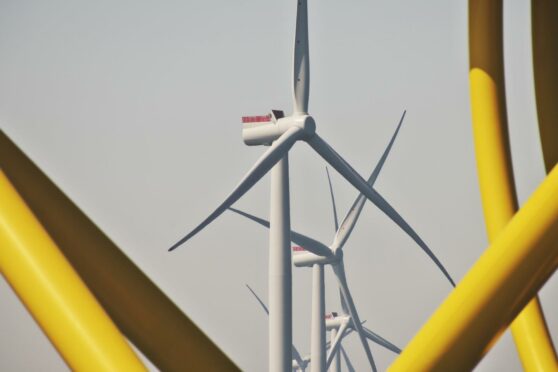Climate change is top of the agenda for many governments around the world. In Scotland, renewable energy has become an important industry that creates jobs and boosts our economy.
But what goes into planning and creating renewable energy projects? And what are the benefits they can bring to the local community?
We recently spoke to ScottishPower and Shell to find out more about their plans to develop two floating wind projects as part of ScotWind Leasing off the east and north-east coasts of Scotland.
Why do we need more floating offshore wind energy?
To achieve government net-zero targets, we will all need to increase the role of renewable electricity in our lives. For example, that means moving more towards electric forms of public transport and electric heating for our homes.
How we live, work and travel is going to be completely transformed and that will bring with it a massive increase in demand for clean, green electricity.
So, we need to build more renewables – at scale and at speed – and offshore wind will be a big part of that. The combined potential generating capacity of all 17 ScotWind projects is up to 25 gigawatts.
The Scottish Government wants half of Scotland’s overall energy consumption to come from renewable sources by 2030, and has set a target of 11 gigawatts of offshore wind by then.

What is ScotWind?
ScotWind – an auction of seabed plots run by Crown Estate Scotland – aims to create more offshore wind power than ever before by pioneering the world’s first large-scale floating windfarms, alongside more traditional fixed-bottom projects.
By including both types of offshore wind technologies, ScotWind has the potential to help make huge progress towards decarbonising the UK. Once built, the ScottishPower and Shell floating wind projects alone could accommodate a total generation capacity to power the equivalent of more than six million homes. That is more than double the homes today in Scotland.
What is floating offshore wind energy?
Floating offshore wind is suitable for use in deeper waters, which makes it perfect for the waters off the coasts of Scotland, where the wind is also stronger.
It allows us to create windfarms in deeper places beyond the reach of traditional wind platforms, which need to be fixed to the seabed.
Why have ScottishPower and Shell teamed up for these offshore wind projects?
ScottishPower and Shell are world-leading energy developers and we have decades of experience working offshore and delivering world-class energy projects, especially in the North Sea.
We have the experience, the track record and the proven capabilities to make the ambitions of ScotWind a reality. And we can’t wait to get to work.

What have you got planned?
We are really excited about what ScottishPower and Shell can achieve together through our ScotWind joint ventures – MarramWind and CampionWind. We plan to build floating offshore windfarms on a scale never seen before anywhere in the world.
ScotWind has the potential to drive Scotland closer to net zero, while delivering a green economic recovery and helping secure a prosperous future for people, businesses and communities.
What will these energy projects mean for local communities?
As people living in the north-east know, energy generation isn’t just about what happens on site. There is a whole supply chain and ecosystem that will be connected to our successful ScotWind projects.
That means massive investment and job opportunities – particularly in areas like the north-east that play a key role in the energy sector and will be crucial in delivering skills and infrastructure for the energy transition.
As we work to develop renewable energy (particularly, offshore wind power), there will be opportunities for traditional energy workers to find roles in a new green offshore industry.
A survey by Scottish Renewables in 2019 showed that over 22,000 full-time jobs in Scotland were connected to renewable energy – and as targets rise, that figure is likely to as well.
That then has a positive knock-on effect for the local economy – and we want people and businesses to get involved now.
Find out more at the MarramWind and CampionWind websites.
